Bison occidentalis
271271Bison occidentalis (Bison occidentalis Lucas, 1898 )
Order: Artiodactyla
Family: Bovidae
Dimensions: length - 3 m, height - 1,8 m, weight - 1000 kg
Temporal range: During the Pleistocene epoch (Siberia, China, Japan and North America)
Bison occidentalis is an extinct species of bison that lived in Siberia, China, Japan and North America during the Pleistocene. It probably evolved from Bison antiquus. B. occidentalis was smaller, and smaller-horned, than the steppe bison. Unlike any bison before it, its horns pointed upward, parallel to the plane of its face from nose to forehead, instead of pointing forward through that plane. Around 5,000 years ago, B. occidentalis was replaced by today's smaller Bison bison.
It has been theorized that B. occidentalis declined in numbers because of competition with other grass eaters of the megafauna epoch. More recently ancient DNA studies have proven interbreeding between B. occidentalis and ancestral modern bisons, so it was proposed that B. occidentalis was a localized offshoot of B. antiquus and part of the transition from that chronospecies to modern bisons.
Whether B. occidentalis was a phylogenetically distinct species now entirely extinct or part of the phyletic evolution of a single lineage, the entire evolutionary process encompassing B. antiquus, B. occidentalis and B. bison was witnessed by Native American peoples.
From Wikipedia, the free encyclopedia
Bison occidentalis (Bison occidentalis Lucas, 1898 )
Order: Artiodactyla
Family: Bovidae
Dimensions: length - 3 m, height - 1,8 m, weight - 1000 kg
Temporal range: During the Pleistocene epoch (Siberia, China, Japan and North America)
Bison occidentalis is an extinct species of bison that lived in Siberia, China, Japan and North America during the Pleistocene. It probably evolved from Bison antiquus. B. occidentalis was smaller, and smaller-horned, than the steppe bison. Unlike any bison before it, its horns pointed upward, parallel to the plane of its face from nose to forehead, instead of pointing forward through that plane. Around 5,000 years ago, B. occidentalis was replaced by today's smaller Bison bison.
It has been theorized that B. occidentalis declined in numbers because of competition with other grass eaters of the megafauna epoch. More recently ancient DNA studies have proven interbreeding between B. occidentalis and ancestral modern bisons, so it was proposed that B. occidentalis was a localized offshoot of B. antiquus and part of the transition from that chronospecies to modern bisons.
Whether B. occidentalis was a phylogenetically distinct species now entirely extinct or part of the phyletic evolution of a single lineage, the entire evolutionary process encompassing B. antiquus, B. occidentalis and B. bison was witnessed by Native American peoples.
From Wikipedia, the free encyclopedia

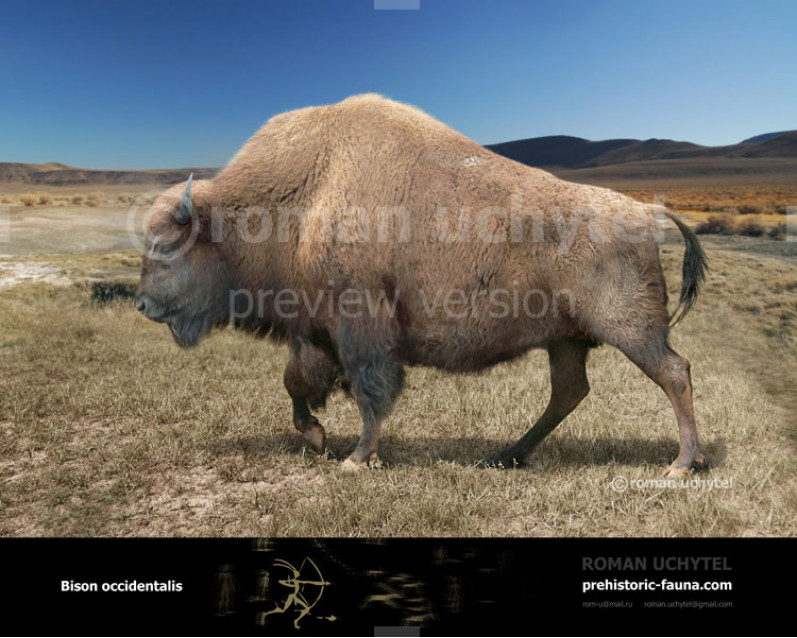
-797x638.jpg)
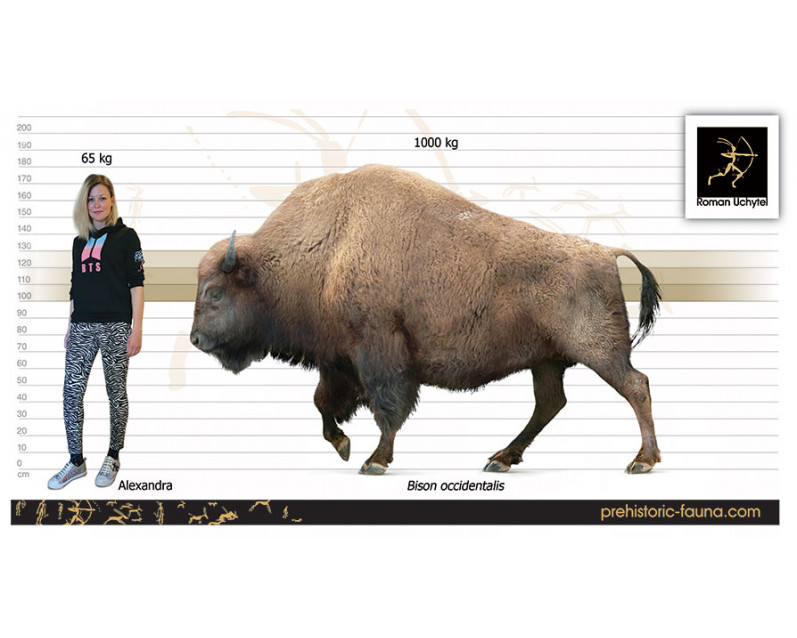

-70x56.jpg)

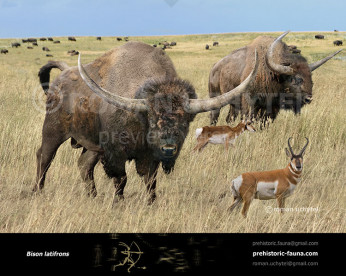
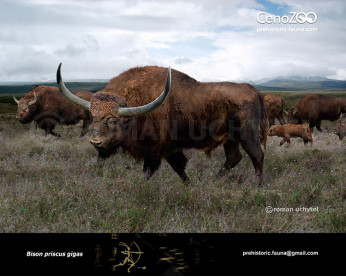
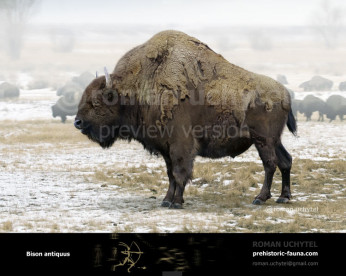
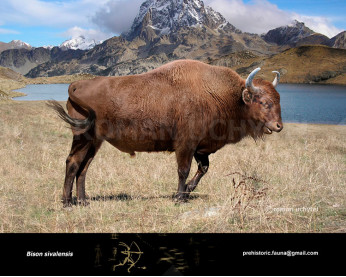
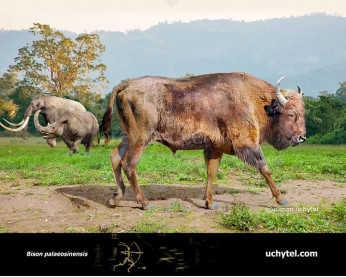
-346x277.jpg)
-georgicus-346x277.jpg)